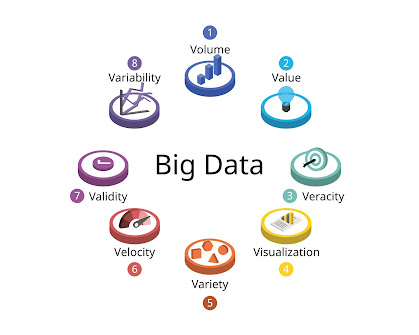Types of problem suited to big data analysis. (6)
.jpeg)
Optimization Problems Optimization problems are essentially about getting the best solution from a large number of options, usually within some constraints. For example, delivery firms employ big data to design the most effective routes for their drivers, which not only saves time but also fuel. In a similar way, factories are fine-tuning their production schedules to produce the highest output at the lowest possible cost and downtime. Big data aids in this by utilizing the massive data and running various scenarios to pick the best one. This, in turn, results in more efficient resource use, cost reduction, and enhanced service quality in different industries.
.jpeg)
.png)
.jpeg)

.jpeg)




.jpeg)


.jpeg)





.jpeg)



.jpeg)







.jpeg)


.jpeg)
